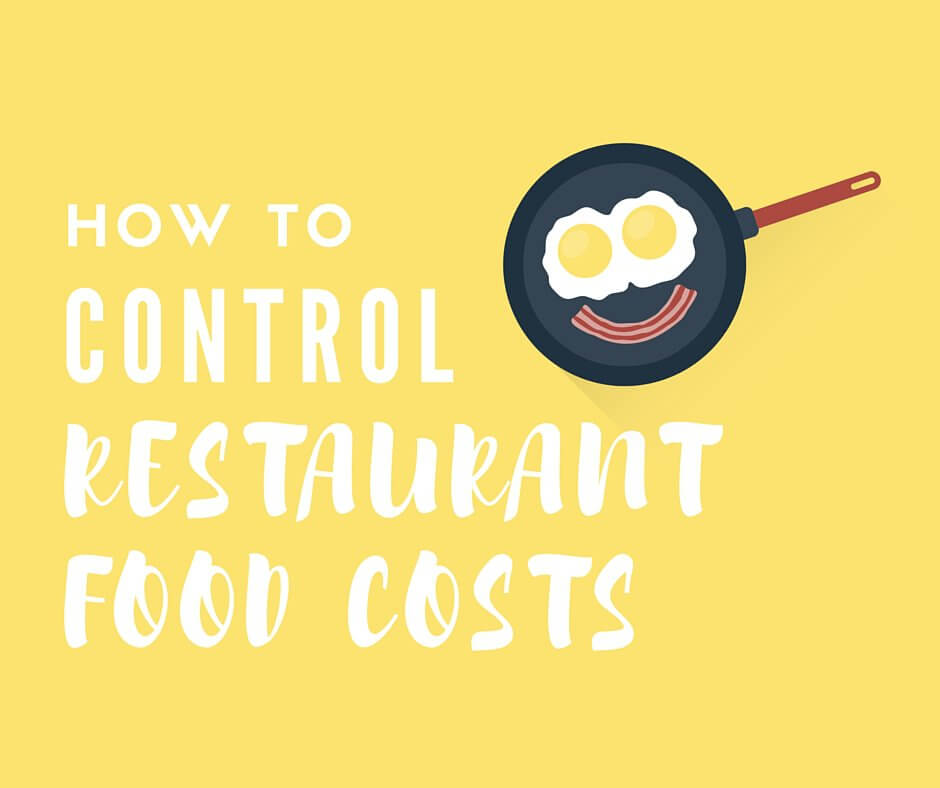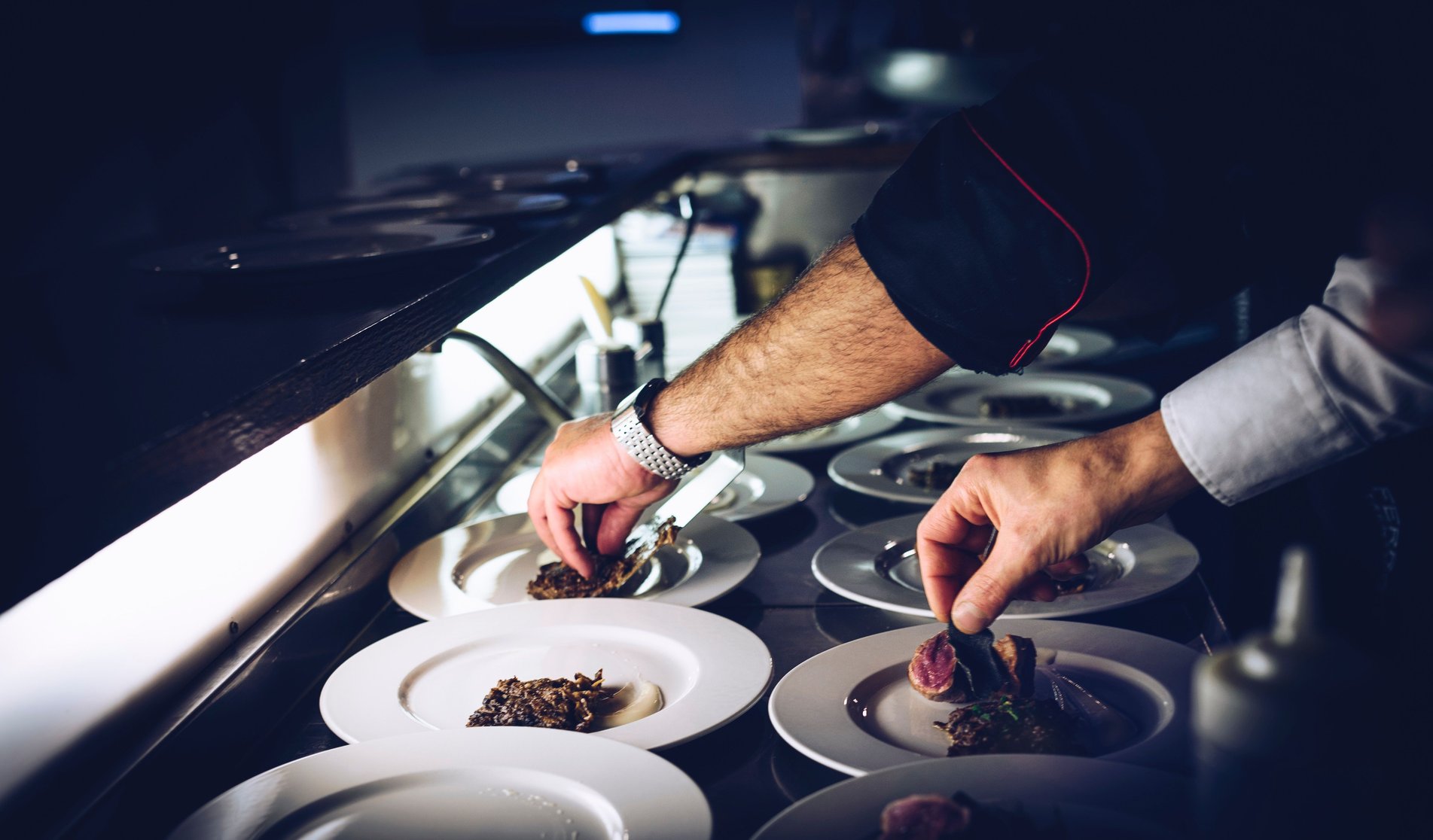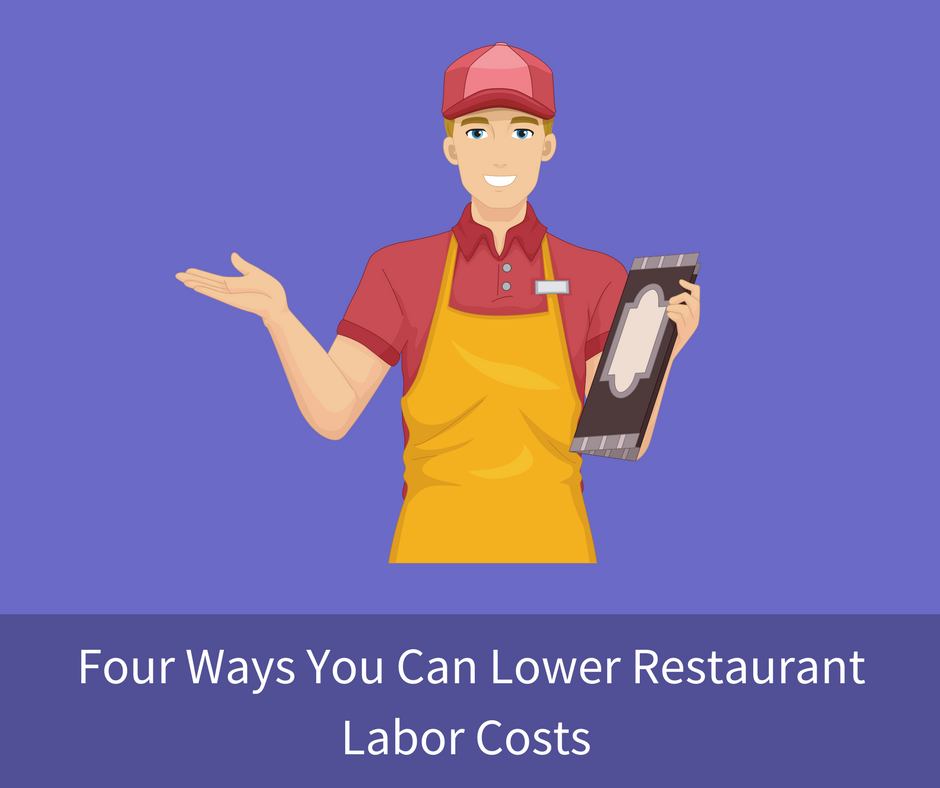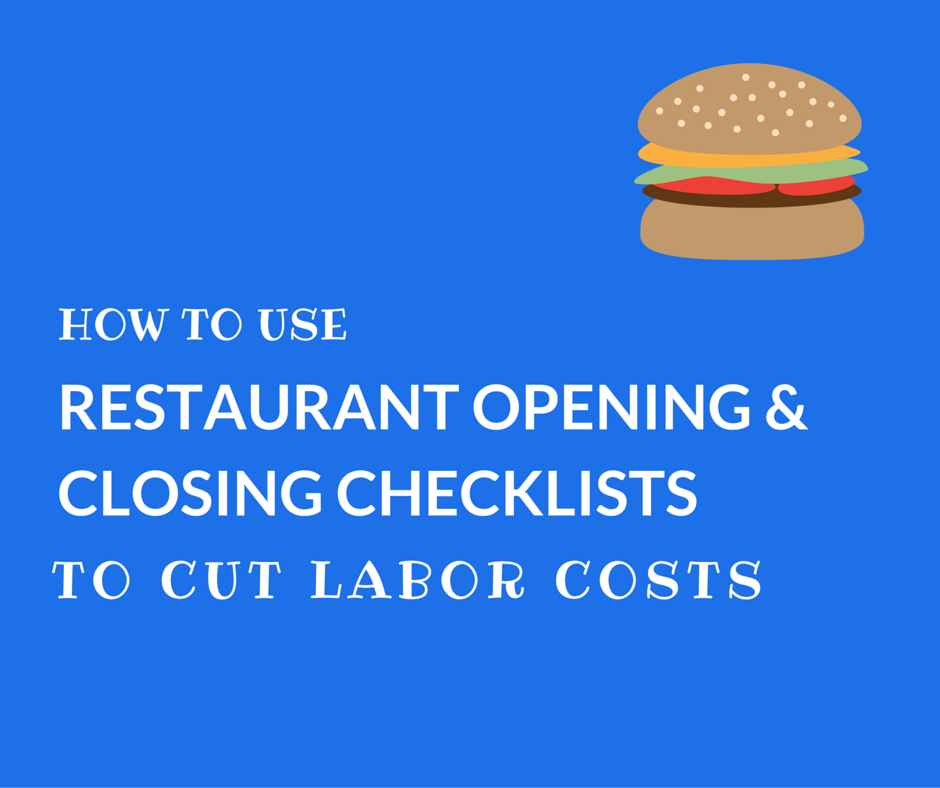Four Ways You Can Lower Restaurant Labor Costs
Regardless of theme, size, geographic location, or target clientele, all restaurants have one major concern in common: labor costs.

To attain and maintain profitability, restaurants need to generate food costs between 28 to 35% – without sacrificing quality. But it’s a difficult balancing act, and constantly offset by outside factors.

In 2015, an outbreak of avian flu and new agriculture legislation resulted in egg prices that soared from $1.45 to more than $3.61 per dozen. For diners, breakfast spots, and bakeries with menu items that relied heavily on eggs, it was a disastrous situation. Should they absorb the costs or pass them on to clients?
Food cost can make or break a business’s bottom line, but as daunting as this seemingly simple equation can be, it’s also an opportunity. By identifying cost-related pain points within your restaurant’s operational scheme, you’re also getting one step closer to identifying profit-boosting solutions.
In this blog we’ll reveal four key ways you can cut food costs at your restaurant, without sacrificing your brand's standards:
Building a menu is like an expert-level game of Jenga; each piece that’s added or removed can affect the other pieces in unexpected ways. By stepping back and analyzing your current menu, you will often find that there are small things that can be altered, moved around, or even eliminated without threatening the “structure”.
Here are five menu-related tactics for reducing food costs:
Cost out the menu: Every item on your menu should have a food cost between 28 and 35%, and the menu as a whole should average out similarly. If your entire menu averages out to 28%, you may be overcharging; if the menu averaged out at 35% or above, you’re leaving money on the table.
Master the art of the mix: Balance out high-cost items such as lobster or prime rib by pairing them with low-cost side dishes such as rice, seasonal vegetables, or potatoes.
Pick your battles: Using premium ingredients in popular items (chicken wings, chips and salsa) is arguably unnecessary and most likely a waste; guests won’t pay $25 for mozzarella sticks just because you used organic cheese.
Refine portion sizes: For every $1,000 in revenue a restaurant generates, an estimated 3.3 pounds of food is wasted. Look at what’s still on plates that are brought back to the dish area. If every customer is leaving with a doggy bag and/or you’re throwing out excessive amounts of food, your portions are too big. Scaling back by two shrimp or a half ounce of pasta per dish can majorly reduce your food cost over the long-term.
Embrace seasonality: Cooking with seasonal ingredients not only results in more flavorful food, it’s also cheaper since the purveyor doesn’t have to ship the product from warmer climates or use expensive greenhouses for off-season cultivation.Tomatoes, for example, are a high food-cost item during the winter, while pumpkin has no place (fiscally or flavor-wise) on a spring menu.
What you pay for the food you serve is the very foundation of food cost, and the best prices require research and legwork.
Here are three food-shopping tips to drive down costs:
Know your options: There is generally one or two main food suppliers in each major market, but there are dozens of smaller, alternative sources that sell direct and run with lower overhead - two factors that quickly translate into savings.
Request customized quotes: Interview potential purveyors by asking them for a comprehensive quote that takes specific items, quantities, and frequency of delivery into account. Look not just at food cost but also delivery fees, taxes, fuel surcharges, and anything else that may get tacked on.
Get generic: Sometimes brands matter, but often you can swap out a big-name label for a generic substitute that is a fraction of the price. Many of Costco’s Kirkland-brand liquors, for example, are actually made by top-shelf distilleries such as Grey Goose and Jim Beam.
Ensure you set up back of house procedures that will streamline waste reduction. When creating regimented operations, what protocols are most important to set in place and enforce?
These are three excellent practices to begin implementing for your BOH operations:
Use written recipes: There should be one recipe to rule them all, for two reasons: a dish should taste and look the same no matter which cook is making it and a consistently executed recipe will also have a consistent food cost.
Take weekly inventory: You can’t possibly know if your food costs are in check if you’re not doing regular inventory. Results from inventory can be used to catch waste, adjust inventory par levels and improve ordering, and identify loss.
Mandate portion control: Not all chicken breasts weigh the same and one person’s handful of salad greens could be the next person’s pinch.
Recruit FOH and BOH to join your efforts to reduce food waste and decrease costs. Increase awareness of your initiative amongst staff and empower them to assist in your efforts by educating them on what they're expected to do to reduce food waste. Keep them focused on reducing waste on an on-going basis by measuring compliance regularly.
Here are four ways to empower your staff to reduce food costs:
Establish and teach standards: If you want employees to meet your expectations, be upfront about what you expect. An employee handbook that clearly outlines portion control guidelines, cook standards, inventory instructions, and plating standards is a good start. Regular training classes and measurement of these standards is the next step. Keep in mind: front and back of house teams that are trained separately will ultimately work separately, leaving you susceptible to a higher probability for misaligned standards.
Encourage a call back: Improperly prepared meals are one of the most common-but-preventable causes of food waste. Train servers to double check every order for accuracy by repeating items back before they walk away from the table. Menu item modifications to accommodate preferences or–more importantly–allergies, will be the easiest to forget or misunderstand. The practice of ensuring that they understand the requested modifications will prevent returned meals, wasted food, and frustrated guests.
Work on ticket writing: Hastily entered POS tickets may be the only communication your servers have with the BOH team. Orders need to be precise, special instructions succinct, and careful effort should be made to ensure that every server is using the same terminology, POS codes, and ticket structure
Follow first in, first out: Product should be rotated so nothing ever lingers past its expiration date and everyone knows that the products to the front of the walk-in’s shelves are the products that should be used next. Procedures for consistent inventory and rotations should be established and continually adhered to.
Food cost is influenced by a multitude of factors, all of which must be in balance before a restaurant can make a profit. While efforts to reduce restaurant food waste must be top-of-mind for those performing the day-in, day-out activities of onsite management and staff, you can be involved behind the scenes by:

Regardless of theme, size, geographic location, or target clientele, all restaurants have one major concern in common: labor costs.

Whether you’re managing a single restaurant or thousands, balancing the cost of your staff is one of the most important variables affecting both your...

In the dynamic, competitive restaurant industry, every customer interaction counts. Whether through efficient drive-thru lanes, user-friendly...